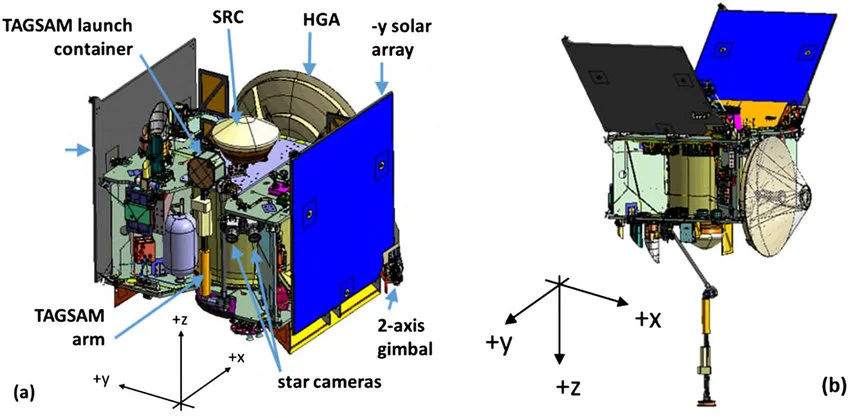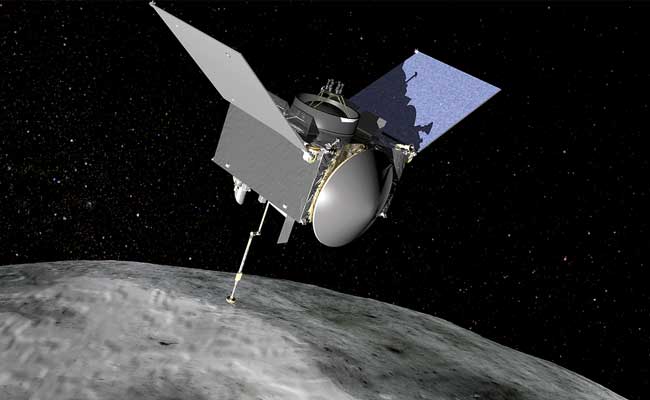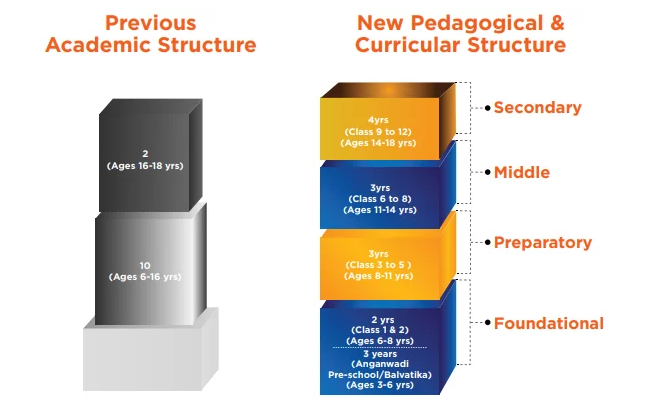OSIRIS-REx: In September 2016, NASA launched a spacecraft called OSIRIS-REx (Origins, Spectral Interpretation, Resource Identification, Security-Regolith Explorer) on a seven-year journey to study an asteroid named Bennu. The mission aims to learn more about the early solar system, the origins of life on Earth, and potentially even help protect our planet from future asteroid impacts. In this article, we’ll take a closer look at the OSIRIS-REx mission and its objectives.
The OSIRIS-REx spacecraft

The OSIRIS-REx spacecraft is about the size of a van and weighs about 2,100 pounds. It is equipped with several scientific instruments, including a camera suite, a spectrometer, a laser altimeter, and a sample collection system. The camera suite includes three cameras that can take high-resolution images of Bennu, while the spectrometer can measure the asteroid’s composition. The laser altimeter can measure the distance between the spacecraft and Bennu, while the sample collection system will collect a sample of Bennu’s surface material.
The OSIRIS-REx journey to Bennu
After its launch in September 2016, the OSIRIS-REx spacecraft traveled for two years before it reached Bennu in December 2018. During that time, the spacecraft used the gravity of the Earth to help slingshot it towards its destination. When it arrived at Bennu, the spacecraft began a detailed survey of the asteroid’s surface to find the best location for the sample collection.
Studying Bennu
Bennu is a small, rocky asteroid that is about 1,600 feet (500 meters) in diameter. It was chosen as the target for the OSIRIS-REx mission because it is a primitive asteroid that is believed to be rich in organic molecules and water-bearing minerals. Scientists believe that asteroids like Bennu may have delivered these essential ingredients for life to Earth during the early stages of the solar system.
During its mission, OSIRIS-REx will study Bennu in detail to learn more about its composition, structure, and history. The spacecraft will spend about a year mapping the asteroid’s surface, taking images and measurements to create a detailed 3D model. It will also use its spectrometer to analyze the asteroid’s composition and search for signs of water and organic molecules.
OSIRIS-REx Sample collection

One of the primary objectives of the OSIRIS-REx mission is to collect a sample of Bennu’s surface material and return it to Earth for analysis. In October 2020, the spacecraft successfully touched down on Bennu’s surface and collected a sample of material using its sample collection system. The sample is expected to be returned to Earth in September 2023.
The sample collected by OSIRIS-REx will be the largest sample of extraterrestrial material collected since the Apollo missions to the moon. Scientists will study the sample to learn more about the early solar system and the formation of planets. They will also look for organic molecules and other signs of life, which could help us understand how life began on Earth.
Protecting Earth from asteroid impacts
The OSIRIS-REx mission is not just about studying Bennu, but also about protecting Earth from potential asteroid impacts. Bennu is classified as a near-Earth asteroid, meaning that its orbit brings it relatively close to our planet. Scientists estimate that there is a small chance that Bennu could collide with Earth in the late 22nd century.
By studying Bennu, scientists hope to learn more about the behavior of near-Earth asteroids and develop better ways to predict their trajectories.
Read Also: How America became the No.1 Superpower
![]()






One thought on “OSIRIS-REx”